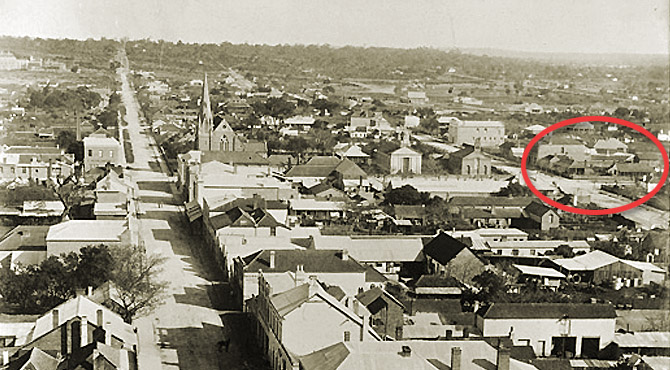
Dyson’s Corner (the Second)
Joseph Dyson became a husband and a father (though not necessarily in that order) during the year 1872. It was time for him to strike out and get a house of his own. Thus the second Dyson’s corner was formed.

Joseph Dyson became a husband and a father (though not necessarily in that order) during the year 1872. It was time for him to strike out and get a house of his own. Thus the second Dyson’s corner was formed.